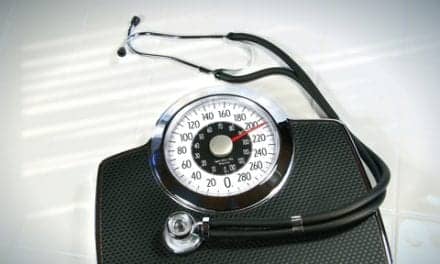Obese children with asthma breathe at higher tidal volumes, which might increase the uptake of particulate matter into the lung tissue, according to research in the European Respiratory Journal.
“In this study of children with asthma, we found positive associations between BMI and tidal volume, respiratory rate and minute ventilation. We identified that obesity was associated with higher tidal volume and higher minute ventilation, which were in turn associated with greater breath-to-breath efficiency and higher rate of PM2.5 deposition in the lung,” Nima Afshar-Mohajer, PhD, postdoctoral researcher in the department of environmental health and engineering at Johns Hopkins Bloomberg School of Public Health, and the division of environmental sciences at the Gradient Corp. in Boston, and colleagues wrote. “These results provide evidence for a unique mechanism which may partially explain why obese children with asthma demonstrate greater susceptibility to air pollution.”
Researchers evaluated baseline data from 174 children with asthma aged 8 to 17 years in the single-center, randomized, parallel, prospective AIRWEIGHS study. The researchers measured tidal breathing using a pitot-tube flow meter and obtained tidal volume, respiratory rate and minute ventilation. In a multivariable model adjusted for age, height, race, sex and asthma severity, researchers estimated the association of BMI z score with breathing patterns, and based on BMI-associated changes in breathing patterns, they used a particle dosimetry model simulating PM2.5 lung deposition.










